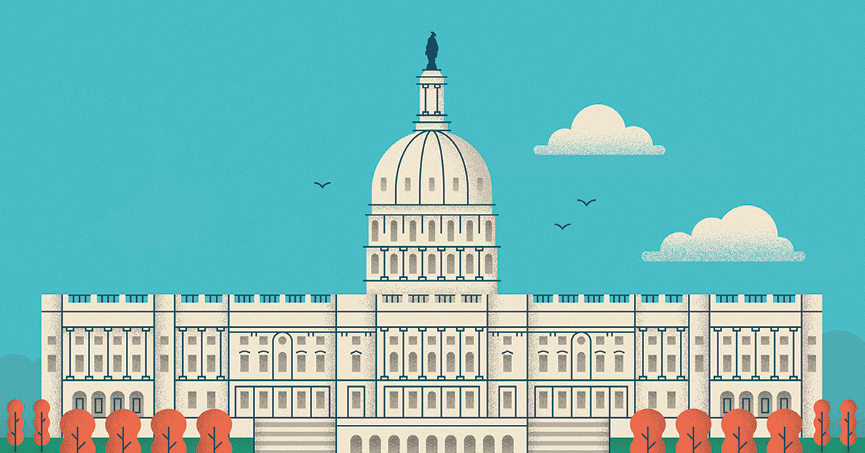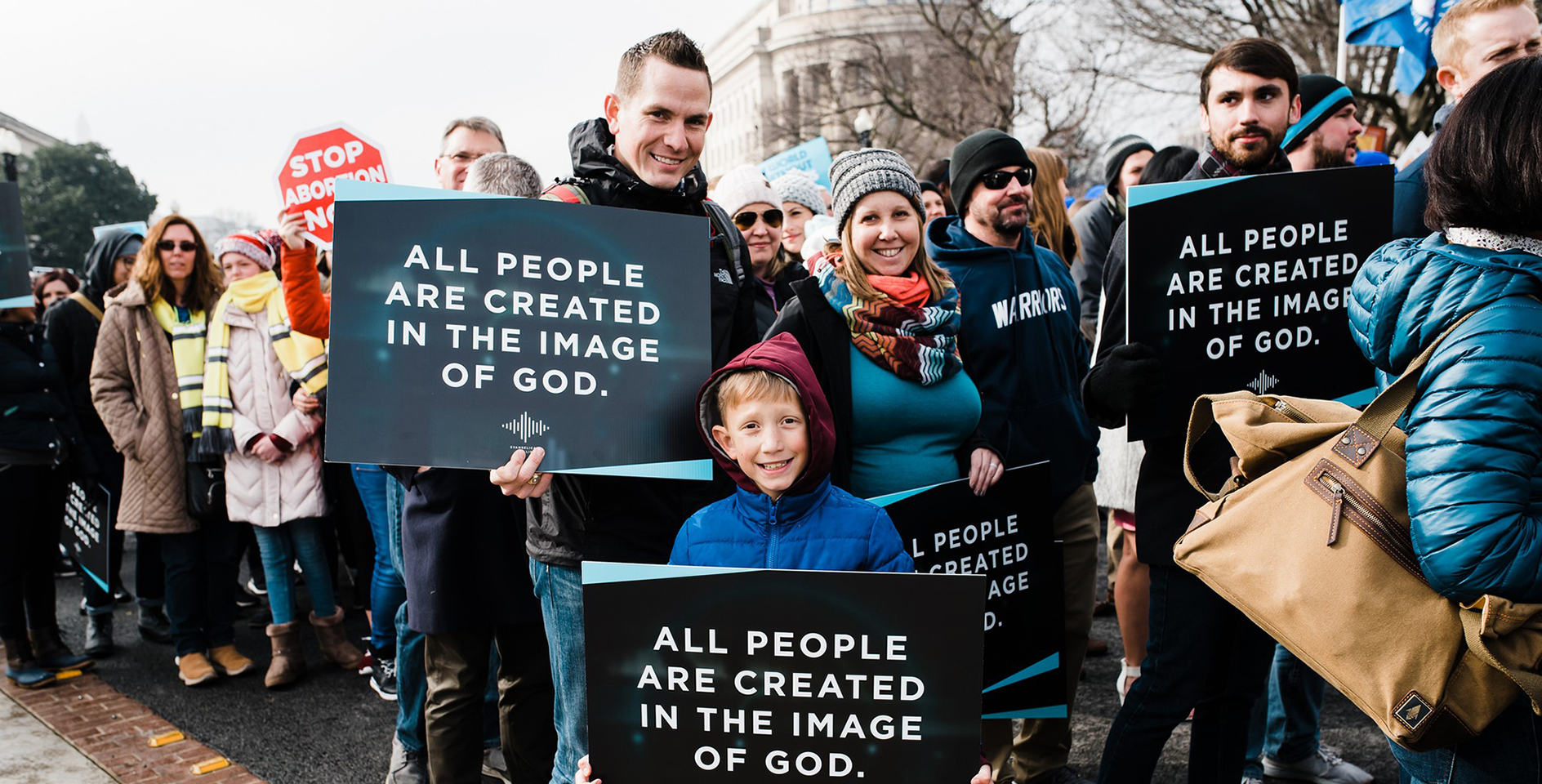“It’s a baby. . . . The heart is right there.”
The doctor speaks these words, caught on a hidden camera, as she sifts through a dish holding the remains of a freshly aborted child.
“Was that crack the little bits of the skull?” an observer asks.
The abortionist answers affirmatively, continues her probing, then points out, in a tone as casual as that of a store clerk helping a shopper locate items on the shelf, “Here’s some organs for you. Here’s a stomach, kidney, heart, adrenal . . . ” She continues her foraging in the dish, searching for the legs. When she finds them, she exclaims giddily, “And another boy!”
This is a scene—one of many such grisly episodes—from a series of undercover videos recording Planned Parenthood officials doling out fetal body parts and haggling with fake buyers over the sale of fetal tissue. As the shocking videos were rolled out one by one this past summer, a movement swelled—despite scant media attention—calling for the defunding of Planned Parenthood. Enough momentum had built by the fall to bring about what before seemed unthinkable: several congressional hearings to investigate Planned Parenthood along with state-level inquiries into the organization’s practices. An attempt by lawmakers to eliminate federal funding, while unsuccessful, was nevertheless a landmark effort in the history of legalized abortion.
It’s been more than 40 years since abortion was legalized across the United States. More than 40 years since the pro-life movement birthed by that decision has been fighting for legal protection of the lives of unborn children.
After all these years, is this our pro-life moment? It may well be.
Consider the steady decline in public perception of Planned Parenthood, the nation’s largest provider of abortion. Following the release of the videos, an October Gallup Poll found that 23 percent of respondents reported a “very unfavorable” view of Planned Parenthood compared to four percent in 1989. While 79 percent of those polled had an overall favorable view of Planned Parenthood in 1989, that number fell to 59 percent in 2015.
Likewise, attitudes toward abortion in general have shifted over the years. According to another Gallup Poll, after Roe v. Wade, the percentage of Americans who believe abortion should be legal under all circumstances generally increased until the 1990s and has steadily declined since then, according to gallup.com. Even more importantly, according to a February 2014 report by The Guttmacher Institute, the rate of abortion has declined since it peaked in the 1980s, from 29.3 abortions per 1,000 women aged 15-44 to the current rate 16.9 percent, the lowest rate since legalization.
Despite these positive trends, the truth is that we are a culture steeped in abortion. In the years since abortion was legalized by Roe v. Wade, our culture has become socially, sexually and economically dependent upon abortion.
According to data on johnstonarchive.net, approximately 20 percent of pregnancies end in abortion, and 30 percent of women in America will have an abortion at some point in her life. Some economists who have studied the impact of abortion on the country claim that legalized abortion has led to decreases in crime and poverty and higher living standards for children who are born, according to “What Economics Can (and Can’t) Tell Us About the Legacy of Legal Abortion,” published at The Atlantic on January 23, 2013. Such conclusions have been convincingly contested, as in a four-part debate between Steven D. Levitt and Steve Sailer, yet the surface-level logic leads many to embrace unquestioningly bumper sticker philosophies purporting that legal abortion (even if it isn’t very nice) makes the world better:
- Every child a wanted child
- Pro-woman, pro-child, pro-choice
- If you can’t trust me with a choice, how can you trust me with a child?
The underlying assumptions of these sentiments suggest that abortion helps create a world where children who are born are wanted, safe and loved. While ample research demonstrates the invalidity of such easy conclusions, the assumptions remain stuck in our cultural imagination. The picture of a woman faced with an unwanted pregnancy conjures up images of poverty, abuse and despair. Legal abortion fills in the blanks, offering a blurry picture in which those problems mysteriously disappear—along with the pregnancy.
Yet, the Planned Parenthood videos—along with various technologies that give us a window into the fascinating world of the unborn—have brought that once blurry picture more into focus. It is harder now than ever before to deny or ignore what abortion—even those done early in pregnancy—entails. Recognizing what abortion truly is is a start. But it’s not enough.
What remains is to reform the cultural imagination—the collective narrative—in such a way that collectively we envision life, hope and joy as the result of even unexpected or problem pregnancies. Yet, it is difficult if not impossible to imagine a nation—or even a world—that rejects abortion. But to create such a world begins with imagining such a world. For those of us who have lived most or all of our lives in a post-Roe world, it seems unimaginable. Perhaps we need better imaginations.
A 1960 photograph of Jackie Kennedy seated in a yacht, casually smoking a cigarette while pregnant with John F. Kennedy, Jr., is shocking to our sensibilities today. It’s hard to imagine now the days when smoking was allowed everywhere: in office buildings, restaurants, airplanes, and, astonishingly, doctor’s offices. But, no more. Even the economy of the regions formerly dependent upon tobacco have managed to flourish through other agricultural and entrepreneurial enterprises. Likewise, at one point, it seemed everyone in America was on some kind of diet. Yet, in recent decades, more of us are choosing healthier lifestyles over dieting, according to various news reports. Similarly, those of us who grew up in a certain era could not imagine consumers preferring water over soda. But health practitioners and producers of bottled water did imagine such a thing, and now soda sales are falling while bottled water is the beverage category showing the fastest growth. While less dramatic than abortion-on-demand, these examples show that deeply embedded cultural attitudes and behaviors can change—and can even become unimaginable over time.
Stronger parallels yet can be drawn from the abolition of the British slave trade. At the height of the trade worldwide, the British Empire’s military, economy and way of life (including the sugar that sweetened countless cups of English tea) was seen as entirely dependent upon human trafficking. To abolish the slave trade, many feared, would be to abolish the country. Some even argued for slavery on humanitarian grounds, asserting that slaves wrested forcefully from their native lands were better off in “civilized” colonies, even as slaves, than they would be in their native lands.
Christian leaders, in their endeavors to end the slave trade, appealed to biblical principles of compassion, liberty, justice, and morality as they sought to effect legislation, first, to regulate and then to abolish the trade. But they didn’t stop there. In addition to legislative efforts, they paid their own money to buy freedom for slaves, took them into their homes and schools, and promoted notions of freedom and human dignity in the arts.
The efforts to end slavery took decades. And as tempting as it is to think victory came as a result of abolitionists’ tireless efforts against slavery, there is more to the story. The fact is that the slave trade ended in Great Britain at a time when slave labor was seen as less necessary because of the Industrial Revolution. Machines made slave labor obsolete.
What will it take to make abortion obsolete?
It is not enough to expose the horror of the abortion trade for what it is, as the Planned Parenthood videos have done. We need to imagine ways to make abortion obsolete by filling the needs it meets with something better.
We must challenge the assumptions that portray abortion as a “necessary evil” with research, stories, art and real lives that offer countering visions. In so doing, we can refashion the image held within the cultural imagination of pregnancies as problems to be solved into one that envisions all children as blessings to society and all mothers as worthy of honor and support. We can replace the narrative that says women need abortion in order to flourish, that the economy needs abortion in order to reduce crime, and that children who fit into our lives according to plan are better off than those who don’t with a life-affirming narrative.
How do we cast such an image? By embodying it in our own lives, churches and communities.
This story appeared in Winter 2015 issue of Light Magazine.










